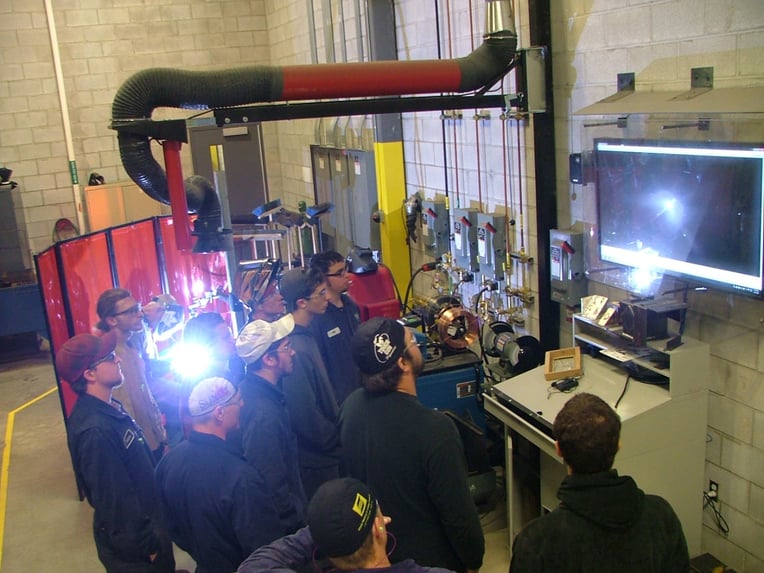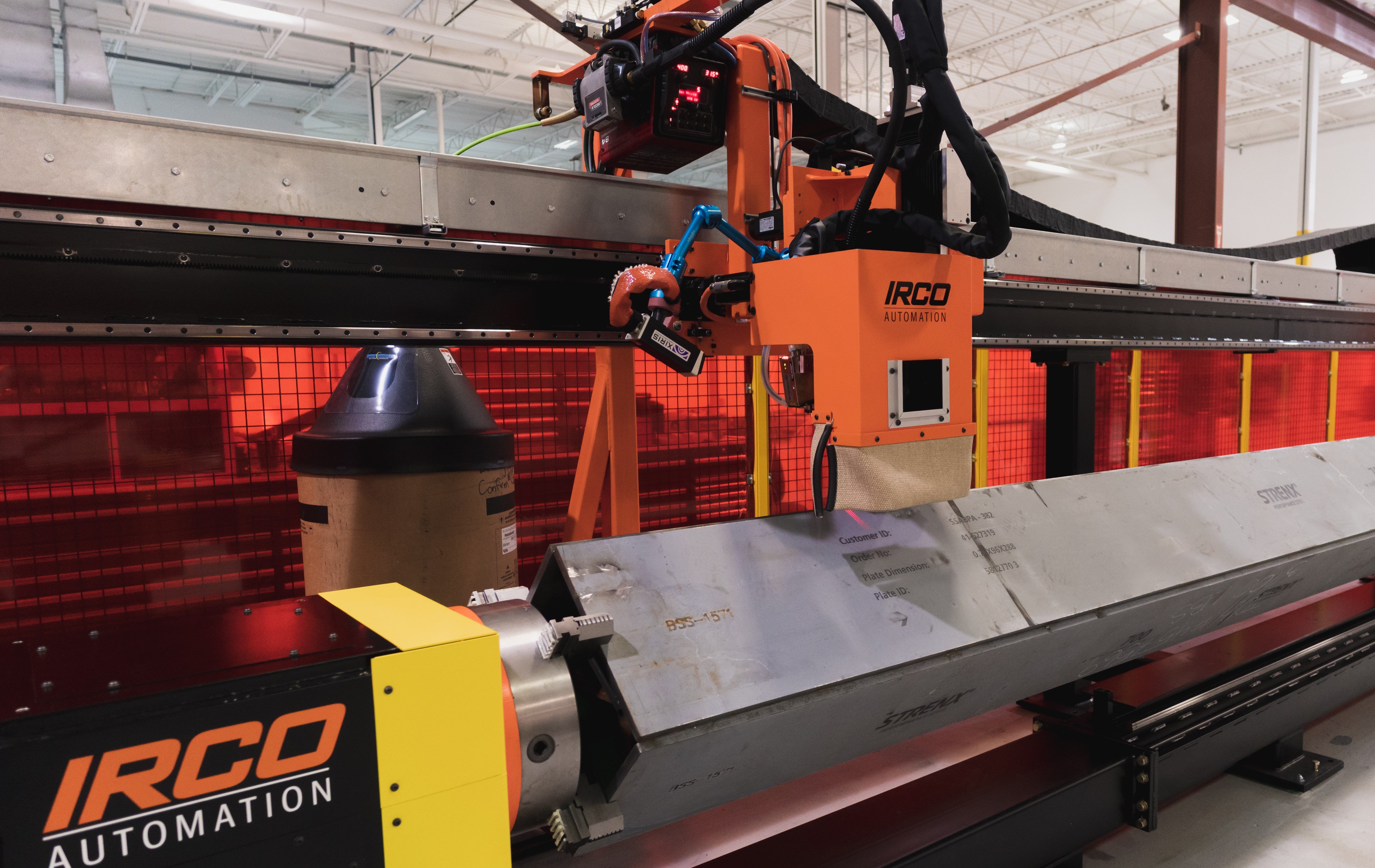Welding has a problem. We all know about it, but we often don’t talk about it.
First of all, the average age of welders is creeping up. In both America and Europe it is almost 60 years old, similar over much of the Western world. Even in China, with many younger welders who entered the work force in the past few decades, the average age of welders is increasing.
Secondly, for a generation growing up with computers, smartphones and video games, many young adults today are more comfortable using a keyboard than they are using their hands to make things, such as fabricating metal with welding. The reality is that a lot of youth are naturally streaming into disciplines that involve computers, in clean work environments, far away from the dirtier, more basic environment in which processes such as welding are done.
Thirdly, young graduates from technical schools want to be continuously learning, not only about their core technology, but about processes around it, to make their work more interesting and appealing.
So, what to do? Perhaps it is time to rethink how to engage young welding apprentices. Adding automation to a process is certainly a good first step to remove the more mundane aspects of a repetitive, difficult welding process. It introduces a component of technology that will certainly increase the interest level of those young students.
 Students gathering around a display monitor to view a weld demonstration from the instructor.
Students gathering around a display monitor to view a weld demonstration from the instructor.
But maybe automated welding should be taken a step further. Perhaps the addition of weld cameras to a welding process will expand the interest of a younger crowd and better engage them. By having weld cameras on the welding equipment, you do not need an operator to be present right at the welding torch to monitor what is going on. Instead, they can be on the ground, remote from the welding process, using a computer with a keyboard to monitor and control the welding process, possibly even from a clean office environment! How cool would that be?
By adding automation and weld camera technology to the welding process, fabricators can better engage new welding apprentices entering the workforce to their welding roles with improved health and safety conditions, different ways to make their work more interesting and improved opportunities to learn.
To learn more about integrating a Xiris Weld Camera into your welding program, contact our education expert.



.png)


